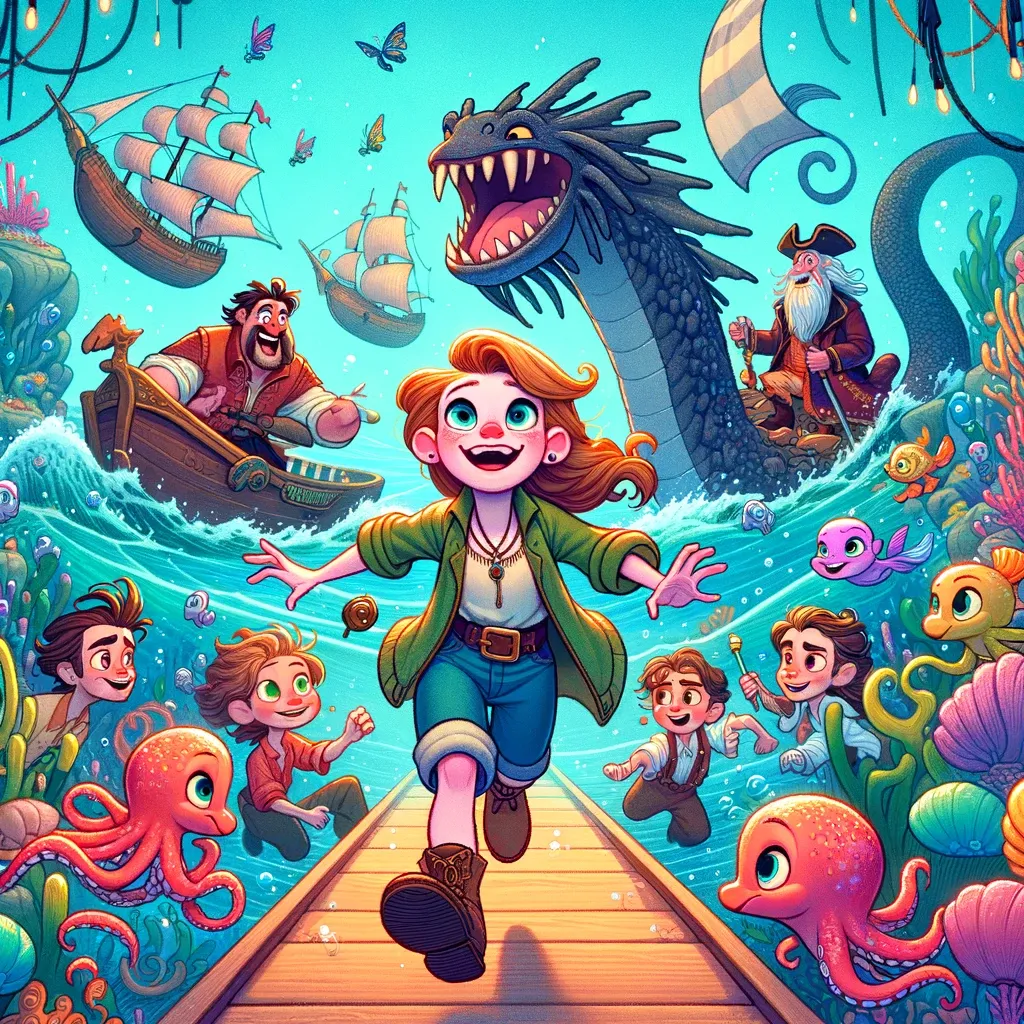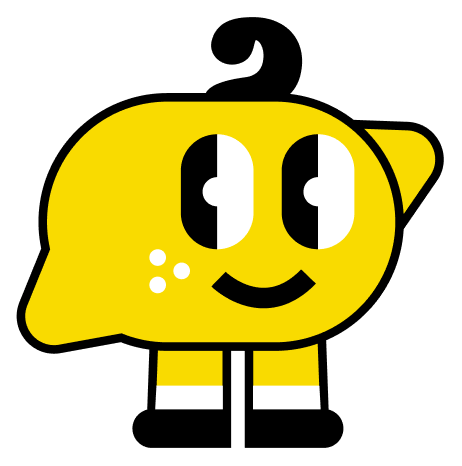
🗞️ Empathetic AI Adoption
AI is slowly being adopted, but new use cases show potential for real human impact.
On AI as a Curiosity
It's been over a year since I launched my first course on AI. Initially, it targeted developers. Then businesses were increasingly interested.
I'm often asked to host workshops on AI. It's one of my favorite things to do.
When I host the sessions, I ask how many people have used ChatGPT - almost all the hands go up. I then ask how many used it this week. Maybe a couple of hands go up.
There is an enormous gulf between curiosity and habit.
Most people are interested in AI. Few have built it into their workflows.
Recent data from Pew Research shows the same.
The majority of US adults don't use AI. Less than a 1/4th use it regularly.
— Scott David Meyer (@MrScottMeyer) March 29, 2024
There is a big difference between AI curious and AI fluent. pic.twitter.com/pjOomP34Oh
On AI Used Internally versus Externally
45-60% of enterprises are using AI for internal processes, led by text generation. However, the numbers are much lower for external processes.
8. Enterprises are excited about internal use cases but remain more cautious about external ones. pic.twitter.com/WY925EAtoH
— Chief AI Officer (@chiefaioffice) March 24, 2024
This shows hesitancy to trust AI with others. This might reflect technical limitations or the fact that we are not quite ready to admit we are using AI to others.
As I talk to businesses, I find many think of AI as a way to cut costs. They want to maintain their current level of production with fewer people.
I think this is short-sided. AI can unlock creativity, leading to new products and services. It's not a cost-cutter, it's an idea creator.
As Ethan Mollick articulates in this Forbes article:
His new book, Co-Intelligence: Living and Working with AI, comes out this week. Based on his previous work, I recommend it.
On AI for Learning with Kids
Fortunately, AI goes well beyond business and can reimagine education. I had a chance to do just this during spring break with my daughter.
We spent a lot of time at home, and boredom was setting in. I helped her start to write and then illustrate a story with ChatGPT. She loved it!
Not only did she generate images of mermaids and fairies, but she also learned elements of a story and how to describe artistic elements. It was fascinating to watch. Here's one of the many images she created - in fact I think it was the first time I hit my limit on ChatGPT!

I created a tutorial on how to do use AI for creating children's books, as I think it's a safe, educational, and fun way to have kids start playing with AI:
On an Empathetic AI
AI is moving from robotic to empathetic.
Hume launched an empathetic AI this week, which analyzes the timbre of your voice and responds to match. It is fascinating to watch. Even more fun to try. Try it here.
Here's me giving Hume a spin 👇
Trying out @hume_ai's empathetic voice tool - and it's so fun.
— Scott David Meyer (@MrScottMeyer) March 29, 2024
Wild to imagine the power this will have for companionship, counseling, education, and more. pic.twitter.com/TVLxV2CDC3
As I noted in the tweet, it's not hard to see the power this will have for companionship, counseling, education, and more.
I look forward to more people exploring how to use AI for human impact.


